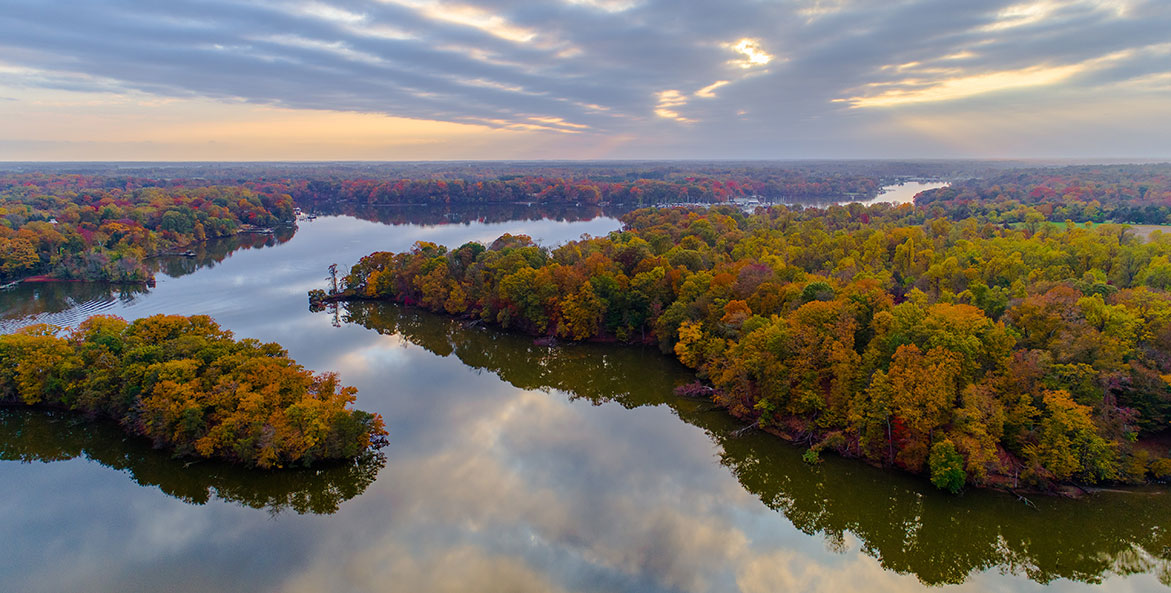Advocacy efforts are in full swing this month as legislators return to state houses and the Capitol. Among the top priorities in Maryland, Pennsylvania, and Virginia are efforts to reduce pollution from industries and agriculture—including a ban on toxic pavement sealants that threaten human and environmental health in Virginia; initiatives to strengthen state oversight of industrial sludge in Maryland, which has become a regional dumping ground for the material; and increase and sustain funding for Pennsylvania’s Agricultural Conservation Assistance Program, which is already helping farmers address the leading source of water pollution in the Commonwealth. An overview of our legislative priorities also details work to prevent the loss of tree canopy, protect wetlands, fund scientific research and oyster and mussel restoration, replace hardened shorelines with living shorelines, and more. Also, noteworthy this month: the federal government’s denial of a disaster declaration for blue catfish; CBF’s comments to the U.S. Environmental Protection Agency on ensuring environmental justice in rulemaking; a large-scale oyster restoration project in Maryland’s Severn River; and upcoming opportunities to get involved with the Maryland Environmental Legislative Summit, tree plantings, and our summer Middle School Bay Eco-Camp.
What We’re Fighting for in 2024
Legislative sessions have kicked off around the watershed. To encourage major acceleration in Bay restoration, CBF is advocating on an array of critical issues, including toxic sealants and industrial sludge; funding for scientific research and oyster and mussel restoration; stemming the loss of tree canopy; expanding the use of native plants along roadways; and more.
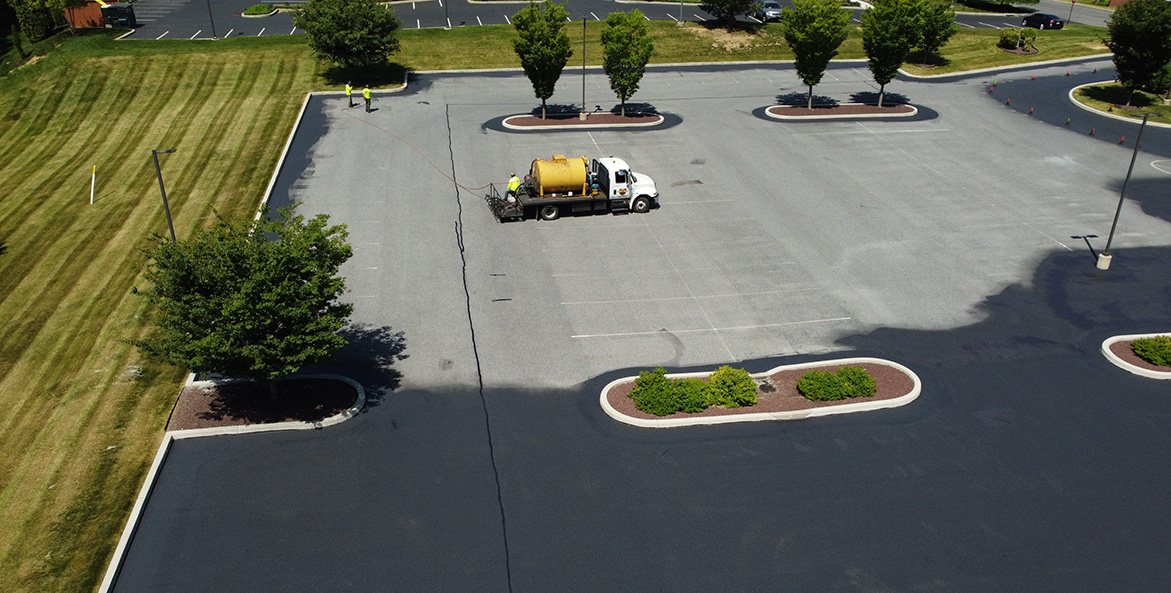
Toxic pavement sealant is applied in Pennsylvania in 2023.
BJ Small/CBF Staff
Banning Toxic Pavement Sealants
Some pavement sealants, used to protect asphalt, are toxic—posing a threat to the health of humans and fish when washed into streams. In our series of expert webinars, learn about our priorities for legislative session, including why Virginia should ban toxic sealants, why wetlands could be at risk and how to help, and other priorities.
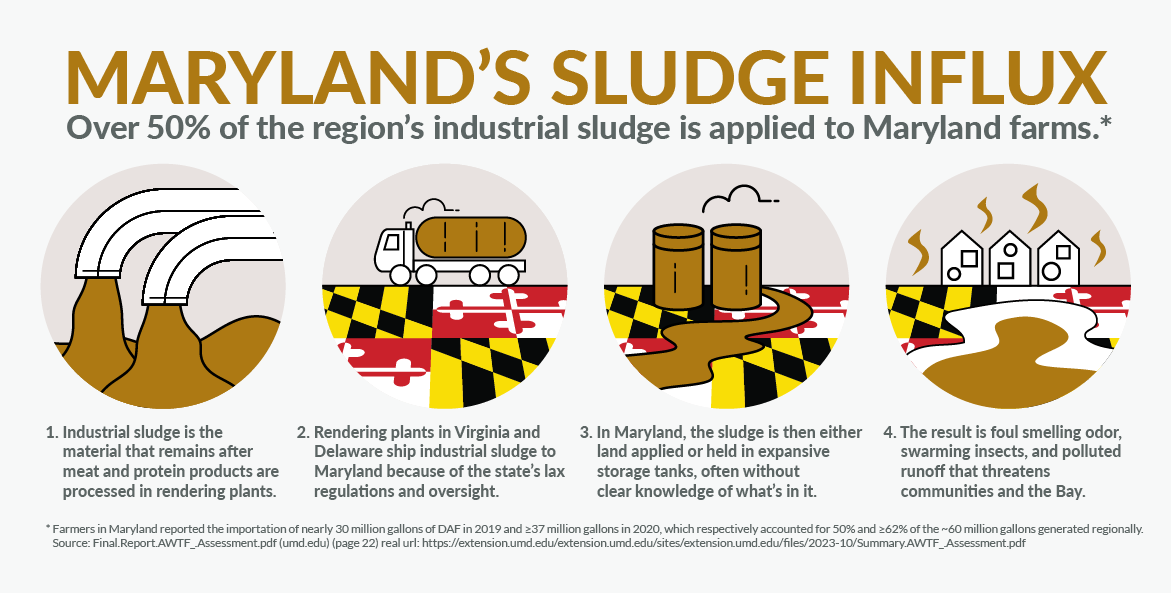
Stopping the Sludge Influx
Maryland has become a regional dumping ground for the industrial waste created by facilities that process and render poultry, seafood, and livestock. People living nearby are suffering from the horrible stench. While concerns are growing over the safety and environmental impacts of this foul sludge, no comprehensive public databases track it. Legislation to strengthen state oversight could help stop the influx and protect communities and the Bay.
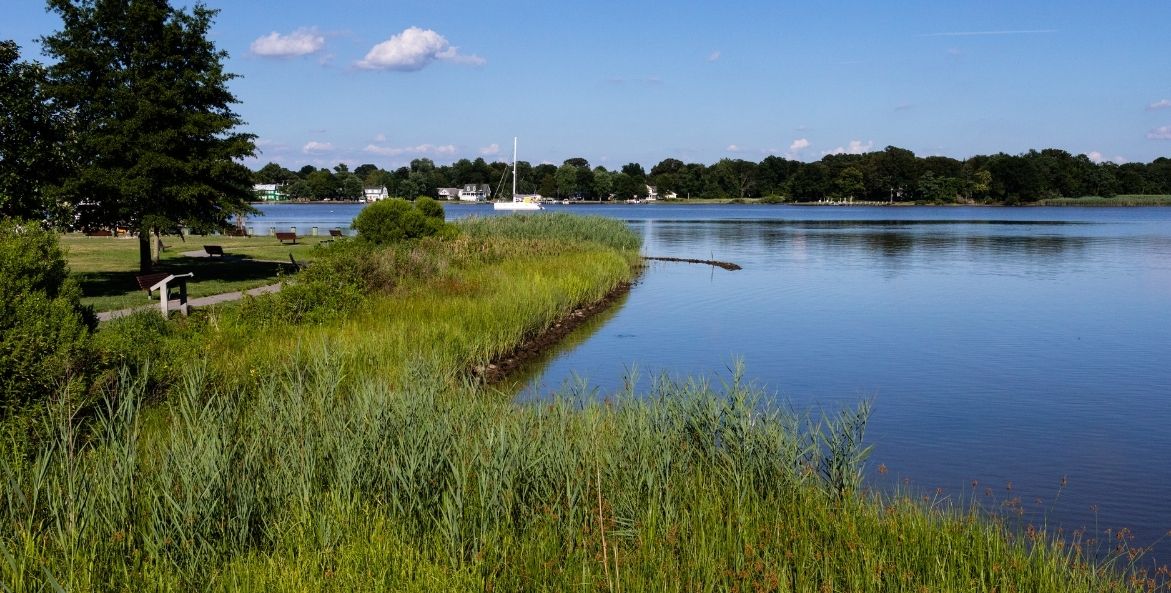
A living shoreline along the Chester River at Wilmer Park in Chestertown, Maryland.
Carlin Stiehl/Chesapeake Bay Program
Living Shorelines: 5 Things to Know
Despite a landmark 2008 law that requires Maryland to prioritize the use of living shorelines, shoreline hardening continues to expand, threatening our water quality. This year, we’re advocating for legislation that would build on the law to help replace more hardened shorelines with living shorelines. Here are five things to know about living shorelines and their benefits for water quality, habitat, and coastal resilience.
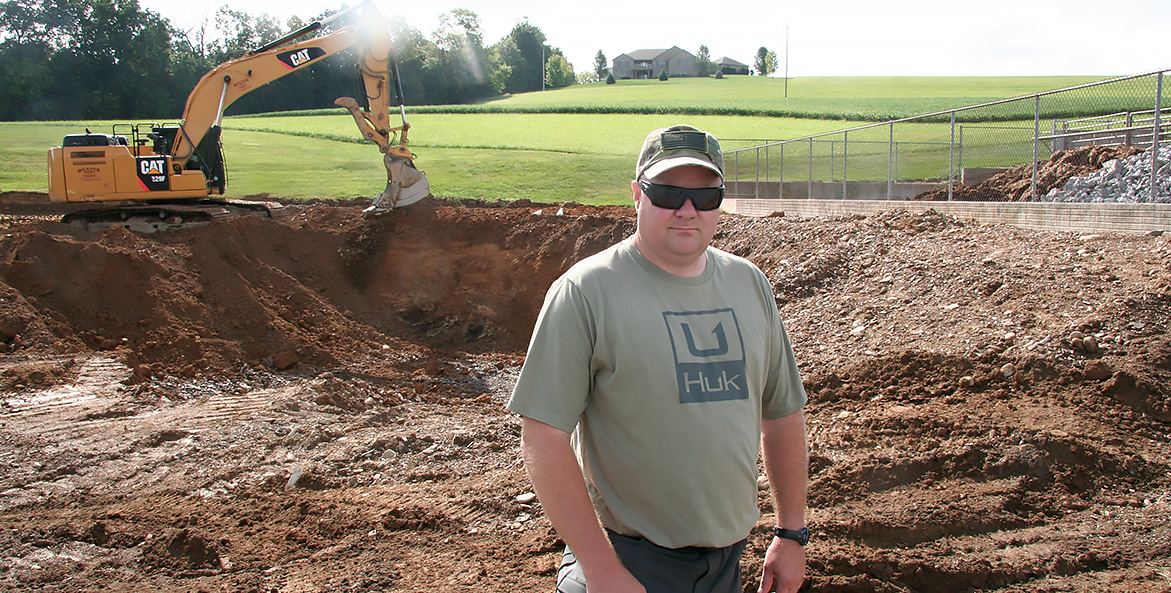
A new 185,000-gallon manure storage area on Greg Strayer’s beef farm in Cumberland County is reducing polluted runoff into local streams. The storage was made possible with cost-share funds through Pennsylvania’s Agricultural Conservation Assistance Program (ACAP).
BJ Small/CBF Staff
Farming for Family
Two years ago, Pennsylvania established the Agricultural Conservation Assistance Program (ACAP)—the state’s first cost-share program to help farmers pay for critical conservation practices. Now, the funds are making a difference on farms—including Greg Strayer’s Cumberland County beef farm, where a new 185,000-gallon storage area prevents liquid manure from reaching the Conodoguinet Creek and will help the family farm continue for future generations.
In the News
- Rebuilding an iconic Bay fish population: The Atlantic States Marine Fisheries Commission approved a new plan this week that will help rebuild the struggling striped bass population.
- Chesapeake Oyster Alliance announces 2024 Oyster Innovation Awardees: The organizations, spanning Maryland and Virginia, will use the funds for new technologies to improve oyster health, new educational opportunities for communities, habitat restoration, and more.
- CBF files comments to EPA on environmental justice: The comments stress the importance of involving environmental justice communities early in the rulemaking process and considering the cumulative impact of climate change and multiple sources of pollution.
- Federal government denies disaster declaration for blue catfish: The disaster declaration, which Maryland Gov. Wes Moore requested in March 2023, would have led to federal funding to address the threat of these invasive species to Maryland’s Chesapeake Bay fisheries, environment, and economy.
- Maryland’s Severn River oyster restoration gets national boost: A large-scale, community-led oyster restoration initiative will restore six acres of oyster reefs in the river thanks to a coastal resiliency grant from the National Fish and Wildlife Foundation and Department of Defense.
- Farm funding, livestock exclusion top legislative priorities in Pennsylvania: Increased and sustained funding for farm conservation practices and more streambank fencing are imperative to address the 28,820 miles of waterways in the Commonwealth damaged by pollution.
- Virginia legislators face critical environmental issues: It’s a pivotal time in the Commonwealth as the General Assembly—which experienced record turnover in the most recent election—contends with Chesapeake Bay restoration commitments and flooding and extreme weather from climate change.
- Let’s pay farmers for outcomes that restore Virginia rivers and the Bay: CBF Virginia Senior Scientist Joseph Wood makes the case for launching a pilot program that pays farmers based on how much cleaner they leave nearby waterways.
What You Can Do
- Join us for Maryland’s Environmental Legislative Summit, Virginia tree plantings, and more! Check out our events calendar for upcoming opportunities to get involved.
- Sign up for our SMS Action Network to stay up-to-date on breaking news and advocacy opportunities during legislative sessions. And check out our advocacy tools and resources for more information on how you can advocate for clean water every day.
- It may be January, but we're already dreaming about summer! Registration is now open for both Middle School Bay Eco-Camp and Student Leadership Summer Expeditions. Space is limited, so sign up today.
- Sustain our fight to save the Bay! Become a Chesapeake Guardian today and we'll send you a special critter sticker to say thanks.
If you would like to receive these periodic updates directly to your email, sign up for our Save the Bay newsletter!

